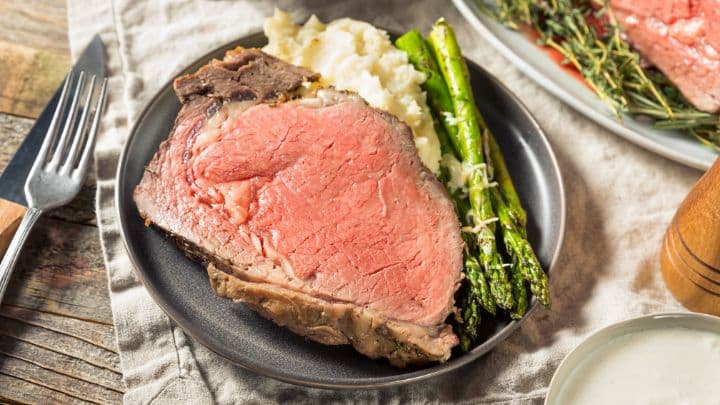
If there’s one thing that meat lovers are always after, it’s the next best way to create tender, juicy cuts. Two popular techniques that can help you do just that are braising and slow roasting. Whether it be beef, chicken, pork, or whatever protein you want to sink your teeth into, both cooking techniques will leave you with flavorful, melt-in-your-mouth goodness.
The real question is, “What’s the difference between these two techniques, and which should you use?” To answer just that, let’s review a brief comparison between braising versus slow roasting.
Braising, a combination cooking technique, first involves searing the meat at high temperatures to lock in its juices and develop a rich color. Then, you surround the meat with a small amount of flavorful liquid, cover it, and slowly cook it over low heat.
This method works well for larger, tougher cuts of meat, as the low-and-slow cooking process helps break down the tough connective tissue in these ingredients. Braising can also involve vegetables and other ingredients, imparting additional layers of flavor.
Slow roasting, as the name suggests, requires cooking meat at a relatively low temperature for an extended period without searing it first. This technique produces tender, succulent meat as the gradual heat allows it to retain its natural moisture while the fats and connective tissue break down.
Slow roasting is ideal for cuts with a good amount of marbling or even whole roasts like prime rib and pork shoulder. You can also use this technique for vegetables to create caramelization or added flavor depth.
When comparing braising versus slow roasting, you can see a few key differences. First and foremost, braising uses both moist and dry heat, while slow roasting strictly uses dry heat. Braising requires a liquid, such as a stock, wine, or tomato sauce. The liquid not only helps tenderize the meat but also creates a flavorful sauce as it cooks. On the other hand, slow roasting relies on the natural moisture within the meat to keep it tender.
Another difference lies in the cooking times and temperatures. Braising requires a longer time at a lower temperature than slow roasting, as it works to break down connective tissue and meld the flavors of the added ingredients. Slow roasting uses slightly higher temperatures and shorter cooking times, as its primary focus is on retaining the meat’s natural juices.
When deciding between braising and slow roasting, you choice will ultimately depend on the cut of meat you’re working with and the desired outcome. If you have a tough cut of meat that can benefit from breaking down connective tissue and gaining additional flavor, braising is the way to go. On the other hand, if you have a well-marbled or more tender cut of meat, slow roasting will help enhance its natural flavors and keep it moist and juicy.
However, both techniques can yield delicious results and are worth trying in your kitchen. Experiment with different cuts of meat and ingredients to see which method you prefer!
If you’re looking for a well-marbled cut perfect for your next slow-roasted meal, Vincent’s Meat Market has succulent, top-quality prime rib for sale. You can choose between a fresh cut or a finely aged piece for an easy meal with incredibly flavor.

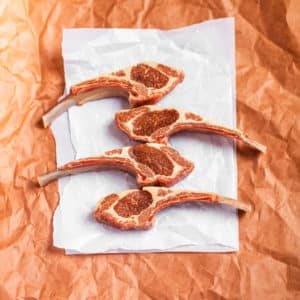
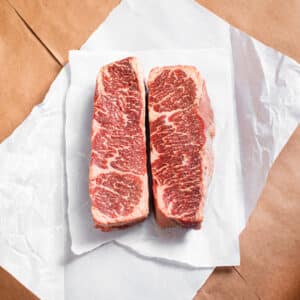
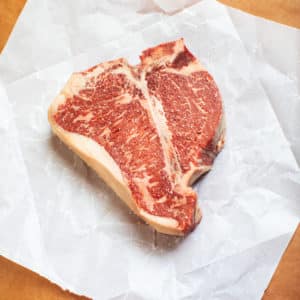
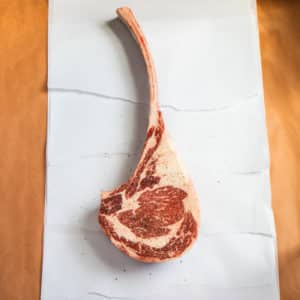
Fast Support! Text us:
